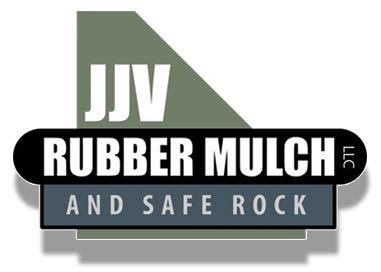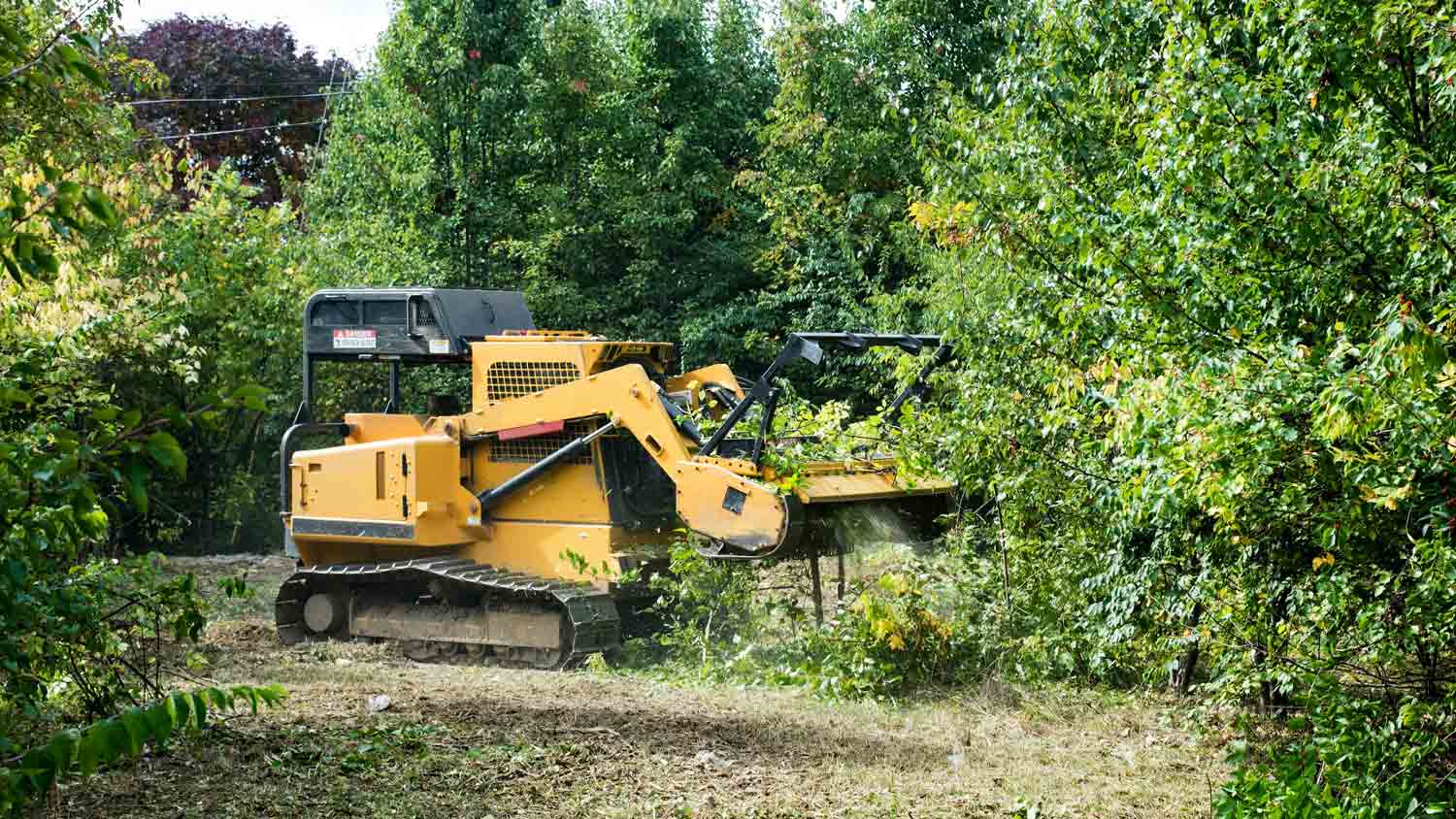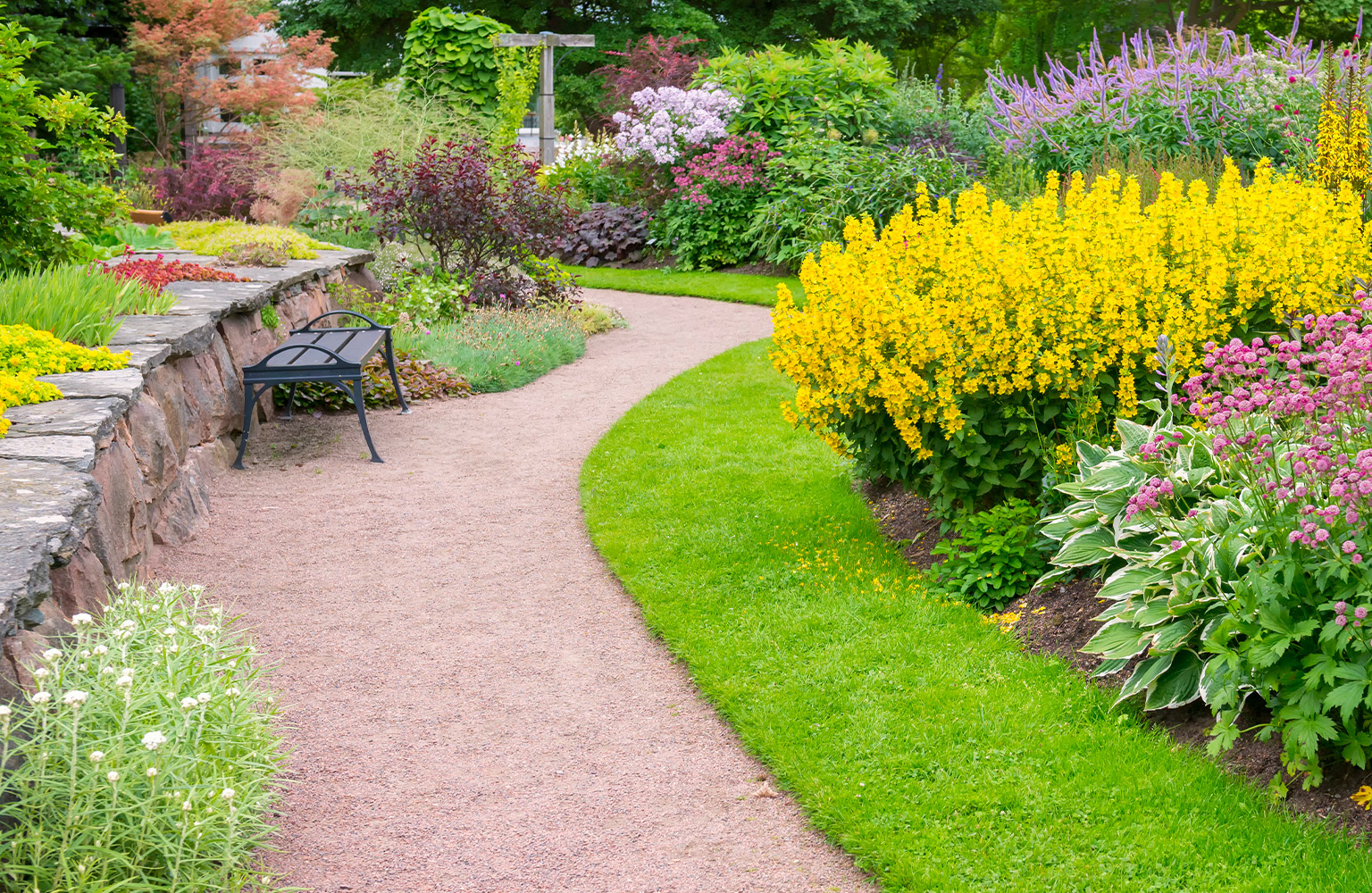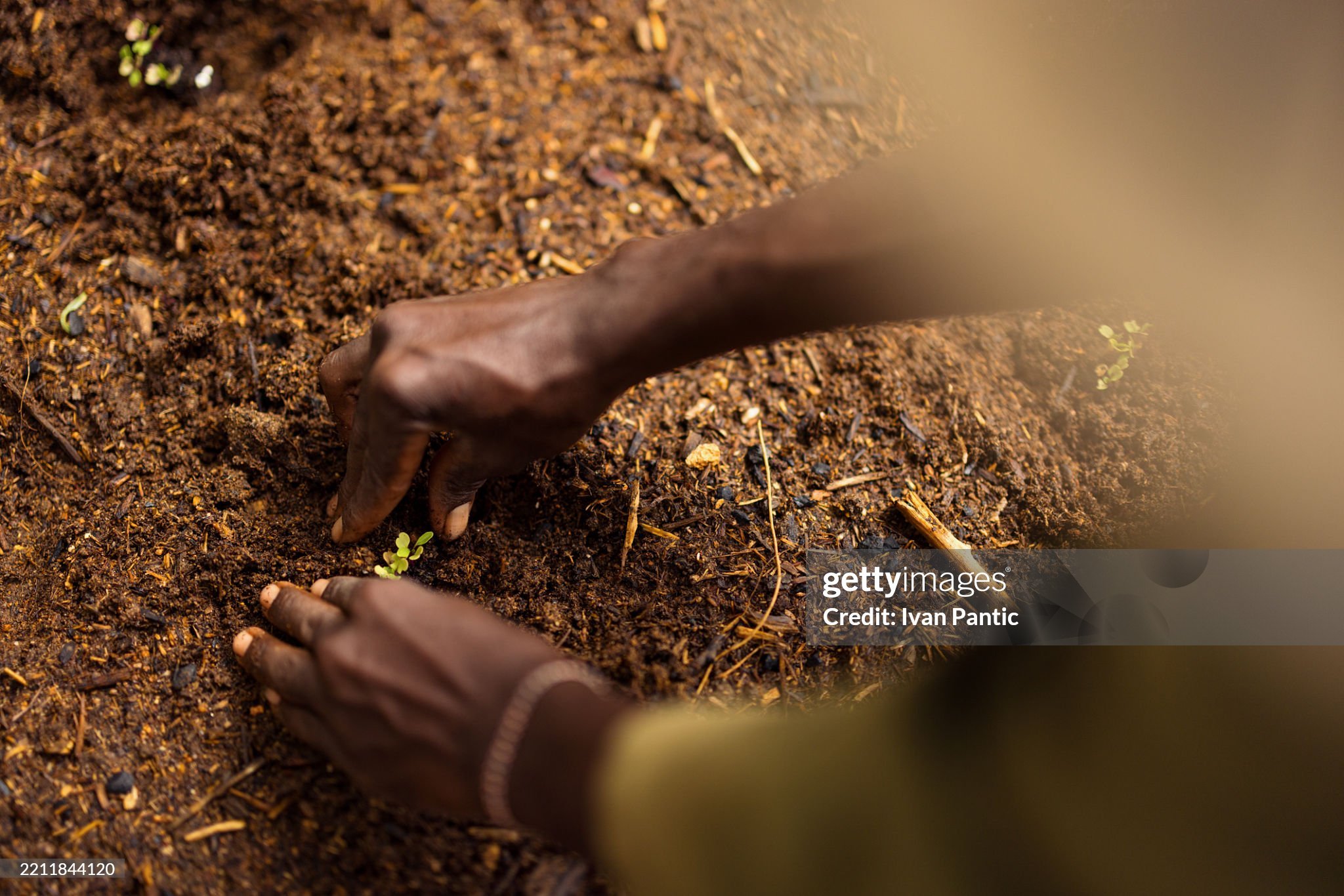
Get matched with top mulch and topsoil pros in Clark, SD
Enter your ZIP and get matched with up to 5 pros
Need a pro for your mulch and topsoil service project in Clark, SD?
Find Mulch and topsoil pros in Clark
Affordable Quality
Affordable Quality
We have multiple crews that are able to respond quickly. We offer quality work for a fair price.
We have multiple crews that are able to respond quickly. We offer quality work for a fair price.

JJV Rubber Mulch and Safe Rock LLC
JJV Rubber Mulch and Safe Rock LLC
JJV Rubber Mulch and Safe Rock, stands poised and proud by providing rubber mulch products that utilizes NON-TIRE recycled rubber in the production process. JJV Rubber Mulch continues to offer a safe and clean alternative.
JJV Rubber Mulch and Safe Rock, stands poised and proud by providing rubber mulch products that utilizes NON-TIRE recycled rubber in the production process. JJV Rubber Mulch continues to offer a safe and clean alternative.
The Clark, SD homeowners’ guide to mulch and topsoil services
From average costs to expert advice, get all the answers you need to get your job done.

Gravel is an inexpensive paving material overall, but costs vary by type. Find out what average gravel prices will look like for your project.
 •
•Discover the average forestry mulching cost, including per-acre and hourly rates, plus key factors that impact your total price. Get expert tips to save on your project.
 •
•Discover the average sand delivery cost, key price factors, and tips to save on your next project. Get transparent, up-to-date estimates for sand delivery.

Forestry mulching is one of the most effective ways to clear acres of land. While it’s relatively cheap, it may not be the best solution for everyone.

Explore a guide to mulch versus rock landscaping. Uncover the pros, cons, costs, and more to shape a garden mirroring your style and landscaping needs.

This calculator helps you estimate how much topsoil you need, so you can purchase materials and budget for your project, whether it’s for your lawn or garden.